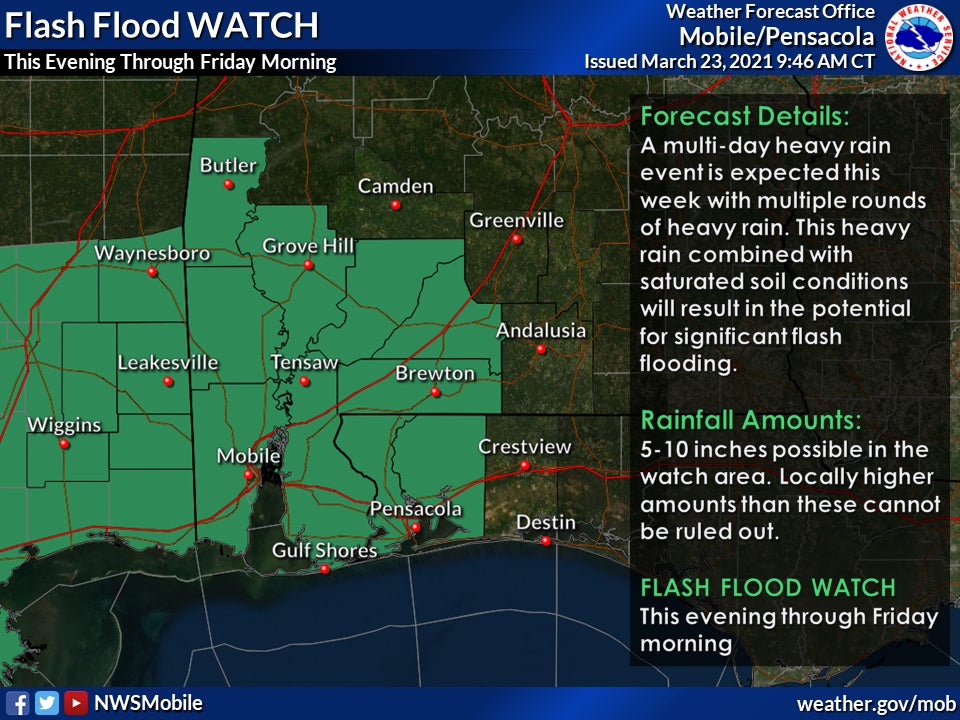Burst of color
Published 11:02 am Wednesday, March 21, 2007
By Staff
With spring just around the corner, many homeowners are looking for a way to add a little color to the landscape.
One of the plants that give a wonderful season long show is Lantana.
Lantanas are one of the most popular perennial/annual plants for warm weather Southern gardening and with good reason. One lantana in particular, 'New Gold' has been selected by the Georgia Gold Medal, Mississippi Medallion and Louisiana Select programs as a superior plant for Southern gardens and landscapes. The massive display of bright yellow flowers that this plant produces will brighten any landscape or garden.
Flowering “New Gold” lantana plants are extremely attractive to butterflies and can bloom from April through the first frost.
Like all plants, Lantana occasionally has problems. Last year, in some areas, there were reports of poor bloom set.
A lack of good blooming and good color last summer might be blamed on the extremely hot and dry weather we experienced.
Even though 'New Gold' lantana survives well under drought conditions, it can't be expected to bloom profusely under these conditions.
Even if all of the water and nutrient needs of the plants are met, Lantana does have some other possible problems.
A pest problem could have caused the poor showing. While lantanas have few insect pests, one pest can be particularly troublesome. That pest is the lantana lace bug, an insect that is a relative of the other lace bugs which attack many plants (azaleas and sycamores to name two).
These tiny insects feed on flowers and young foliage using their straw-like mouth-parts to pierce plants, remove plant juices and damage plants. Lantana lace bug adults are about one-eighth inch long and about a quarter as wide as they are long.
The insects are gray with dark antennae about one third as long as the body. Nymphs (immature insects) are less than one-eighth inch long, lack wings, and have dark, spiny bodies.
It doesn't take many lantana lace bugs to severely reduce the floral display of a lantana planting.
In addition, heavy infestations will bleach and distort new foliage, eventually resulting in defoliation.
Fortunately, there are many insecticides that can do an effective job of controlling this pest.
A partial list of these includes: insecticidal soap, horticultural oil, Bayer Advanced Tree &Shrub Insect Control Concentrate and many others.
Spray all flowers and leaf surfaces; concentrate sprays on flowers and the youngest third of the plant where the majority of the lace bugs feed.
The Bayer product is applied to the soil and taken up by the roots and then transported to the above ground stems and leaves where it poisons insects that feed on these plant parts.
Remember to read and follow the label instructions before using any pesticide.
So if your lantanas don't bloom well again this year, check your plants for lace bugs.
Getting rid of them may bring the gold back to your landscape.




